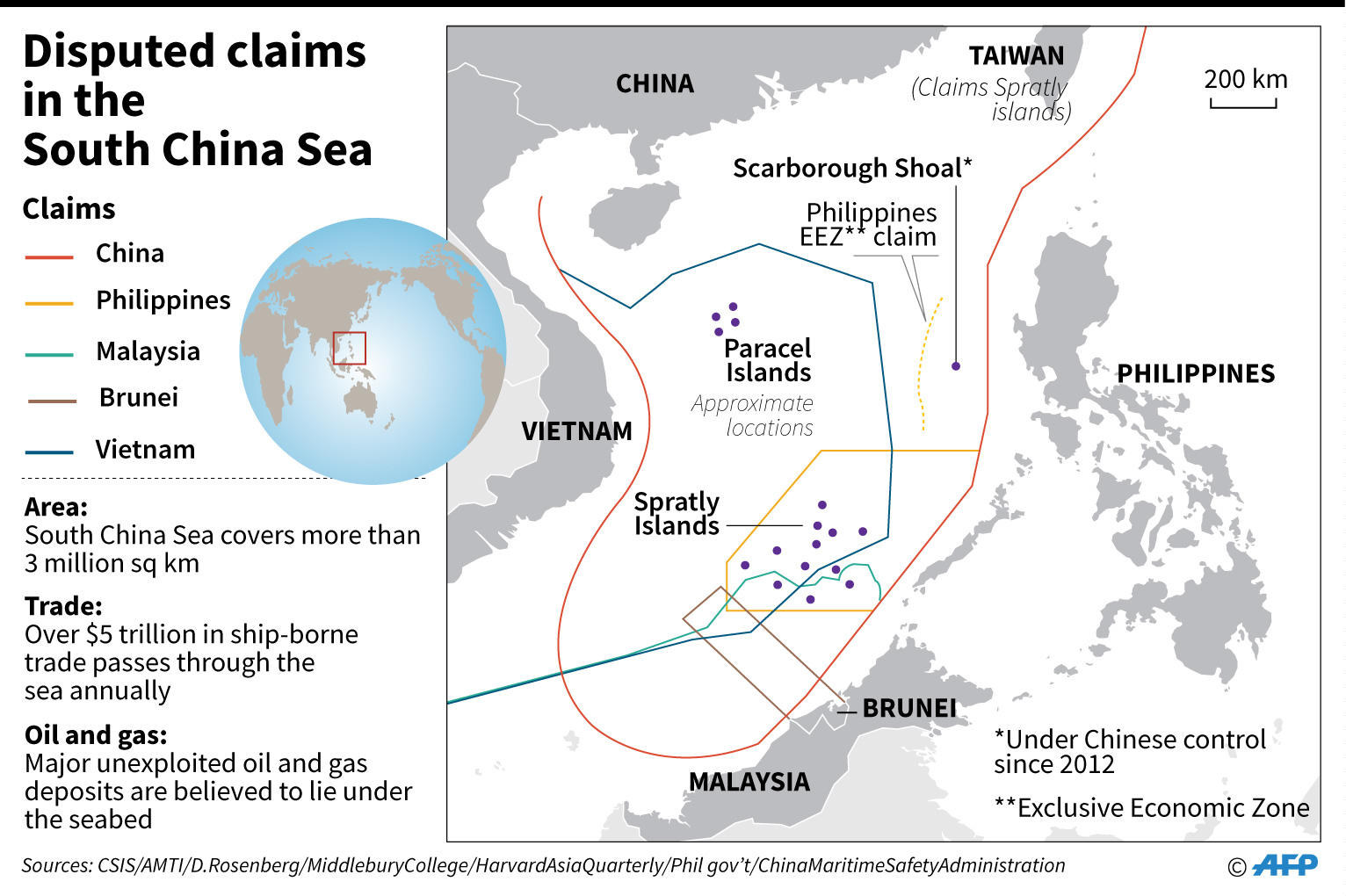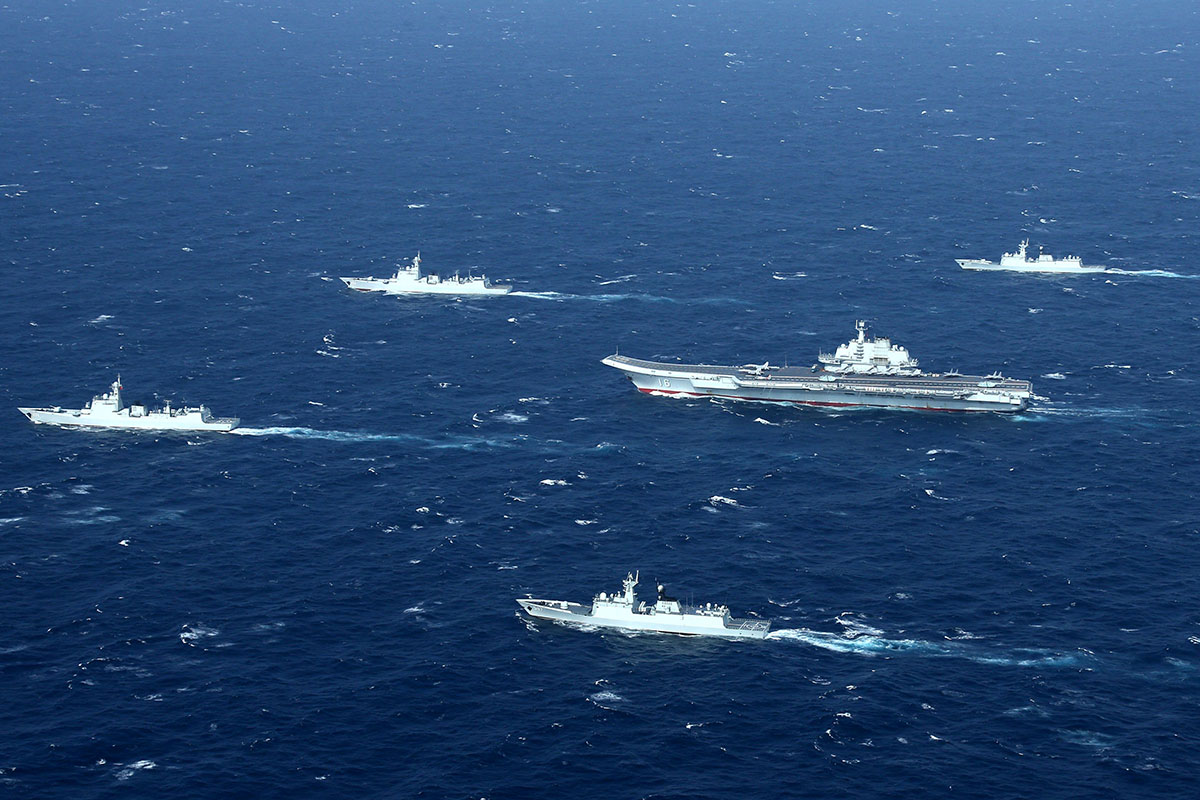During a recent high-level regional security dialogue in Manila, defence ministers of the Association of Southeast Asian Nations (ASEAN) released a joint declaration calling for a peaceful resolution to the South China Sea dispute.
The dispute has been plaguing the region for long and has largely shaped the geopolitical landscape of Southeast Asia.
Five trillion dollars’ worth of trade passes through its shipping lanes. The United States Energy Information Agency (EIA) estimates there to be 11 billion barrels of oil reserves and 190 trillion cubic feet of natural gas reserves in the disputed region.
It comes to no surprise then that the area is hotly contested which is marred by politicking between China and the US with ASEAN being caught in between the proverbial rock and hard place.
At the same time, ASEAN is faced with the challenge to better manage its relations with both China and the US without forsaking the regional interests of its member states that are claimants to the islands within the disputed area.

Map showing disputed claims in the South China Sea.
This is where the oft-touted “ASEAN Way” comes into play. Dialogues and informal policy-making are the preferred options for ASEAN leaders as they seek to hedge their interests against shifting geopolitical tectonics.
In the recent ASEAN Defence Minister’s Meeting (ADMM)-Plus attended by defence ministers from ASEAN member states and its dialogue partners, the Chinese Defence Minister did not oppose to issues raised by ASEAN pertaining to the dispute.
Nevertheless, ASEAN should not feel too comfortable as Beijing’s brand of diplomacy can rear its ugly head as China has already made inroads to mollify regional sentiments after rejecting the South China Sea Arbitration ruling last year.
“Beijing feels confident that the South China Sea situation has shifted in its favour. So, it doesn’t really feel that the issues raised by ASEAN during the ADMM-Plus meeting would have any effect,” Collin Koh Swee Lean, Research Fellow at the Rajaratnam School of International Studies told The ASEAN Post in an email interview.
He surmised that “Beijing is confident that such moves would be futile, and it believes that given the South China Sea tide is now in its favour, all it needs to do is to keep doing what it’s been doing since July last year.”
Beijing’s rejection of the ruling last year was hardly surprising. However, the spotlight is on ASEAN as both Cambodia and Lao sided with China, although Lao didn't declare its support officially. It is obvious that ASEAN’s fractiousness remains a problem, as the incrementalist approach adopted by the ten-member association is far from evenly spread – claimant and non-claimant countries within ASEAN hold differing positions on the dispute.
Nevertheless, recent developments on the side-lines of the high-level forum have shed some hope on ASEAN’s role in maintaining stable geopolitical relations in the region.
Bloomberg reported that Singaporean Defence Minister, Ng Eng Hen made it known that both the US and China are open to separate maritime drills with Southeast Asian nations. Ng said that the idea was flouted openly and such an exercise would "build trust and friendship.”
“We’ll work out the details,” Ng said. “We will find a suitable area that ASEAN and China navies can exercise together.”
While individual ASEAN states may be perceived as pivoting to either China or the US – setting the stage for great power rivalry in the region – it is integral that ASEAN as an organisation in its own merit objects to such a posture.
It is after all in the DNA of the association to adhere strictly to the principle of centrality and it must shoulder that responsibility regardless of what it takes to do so.
Recommended stories:
